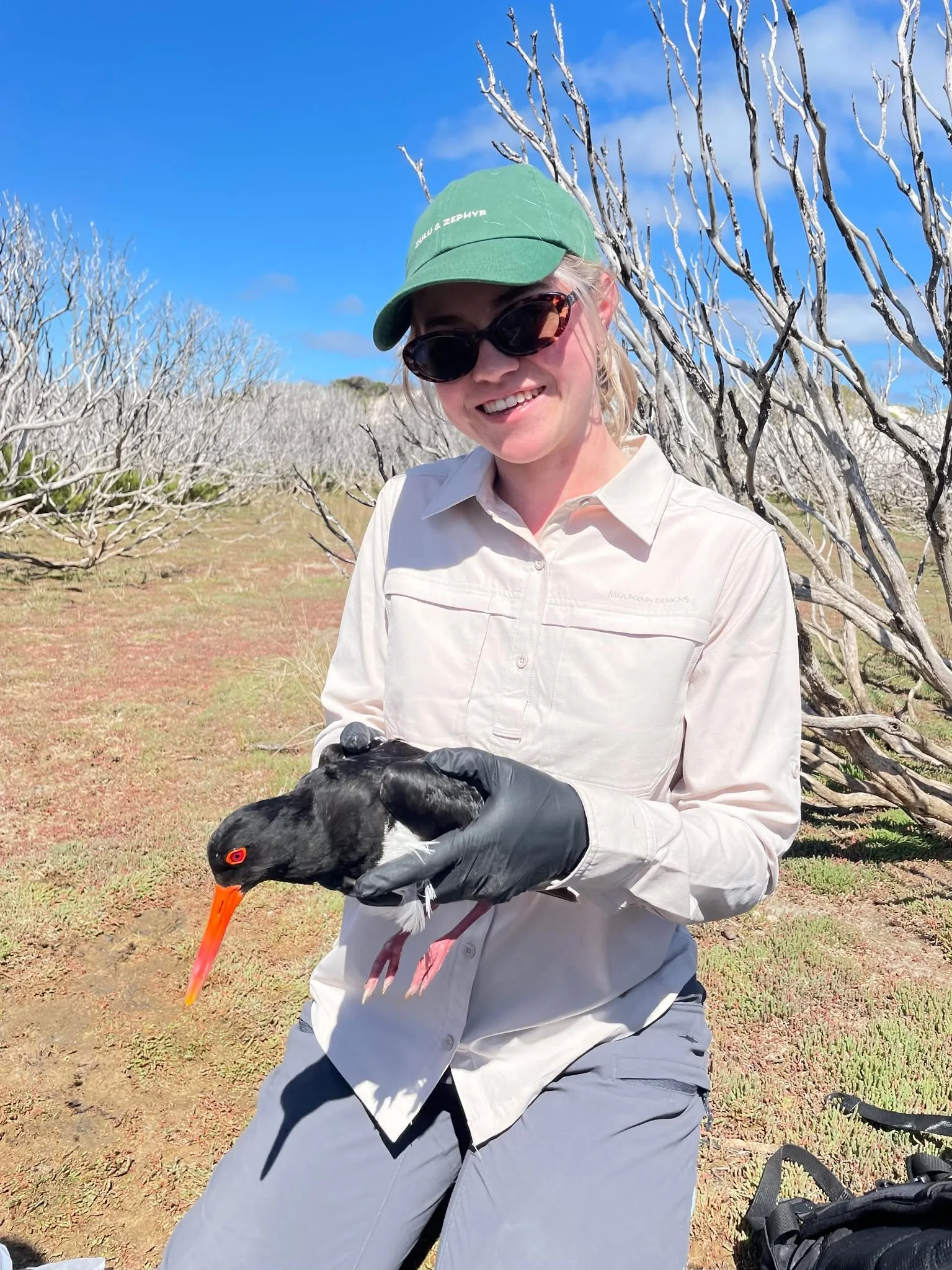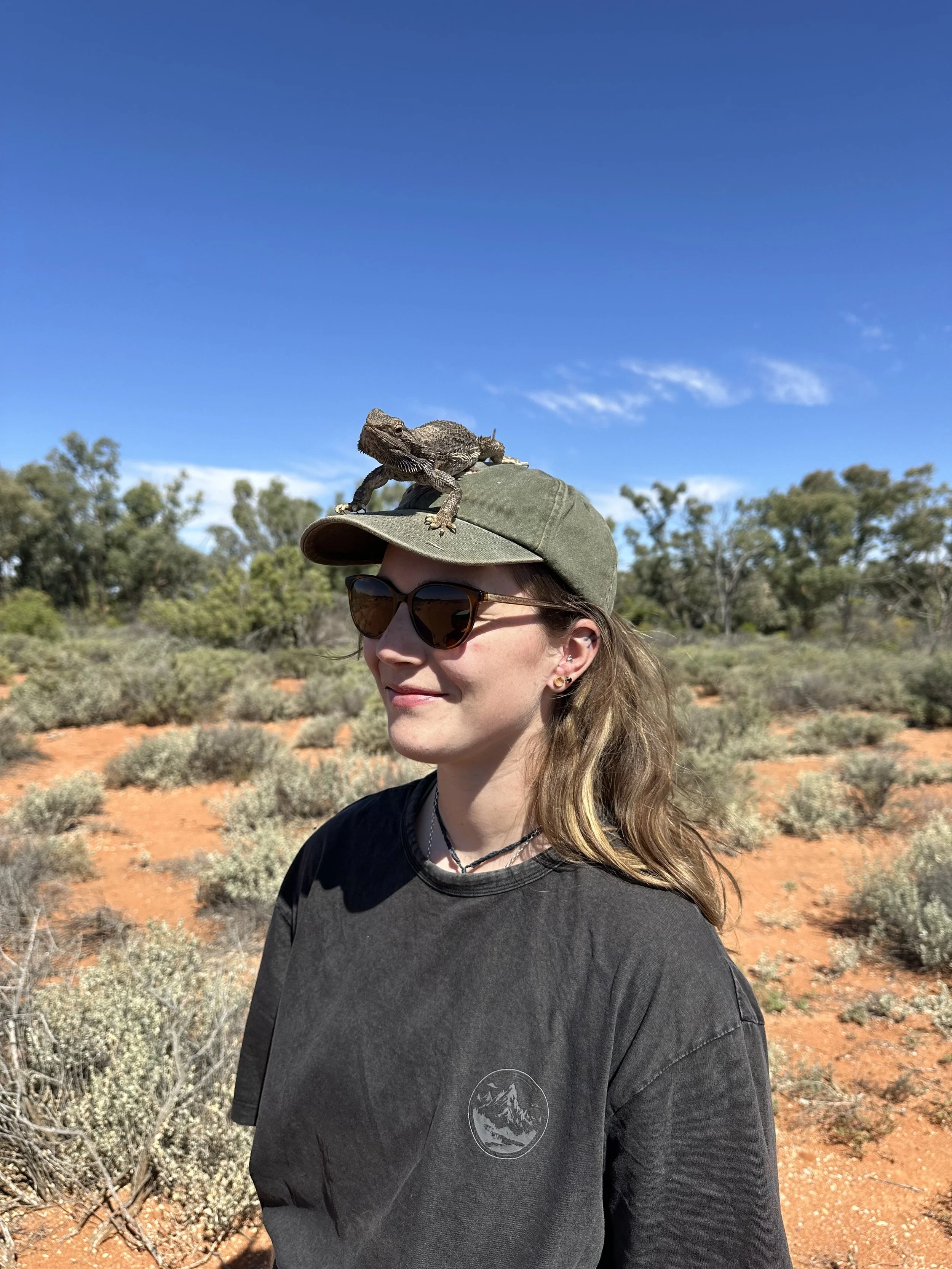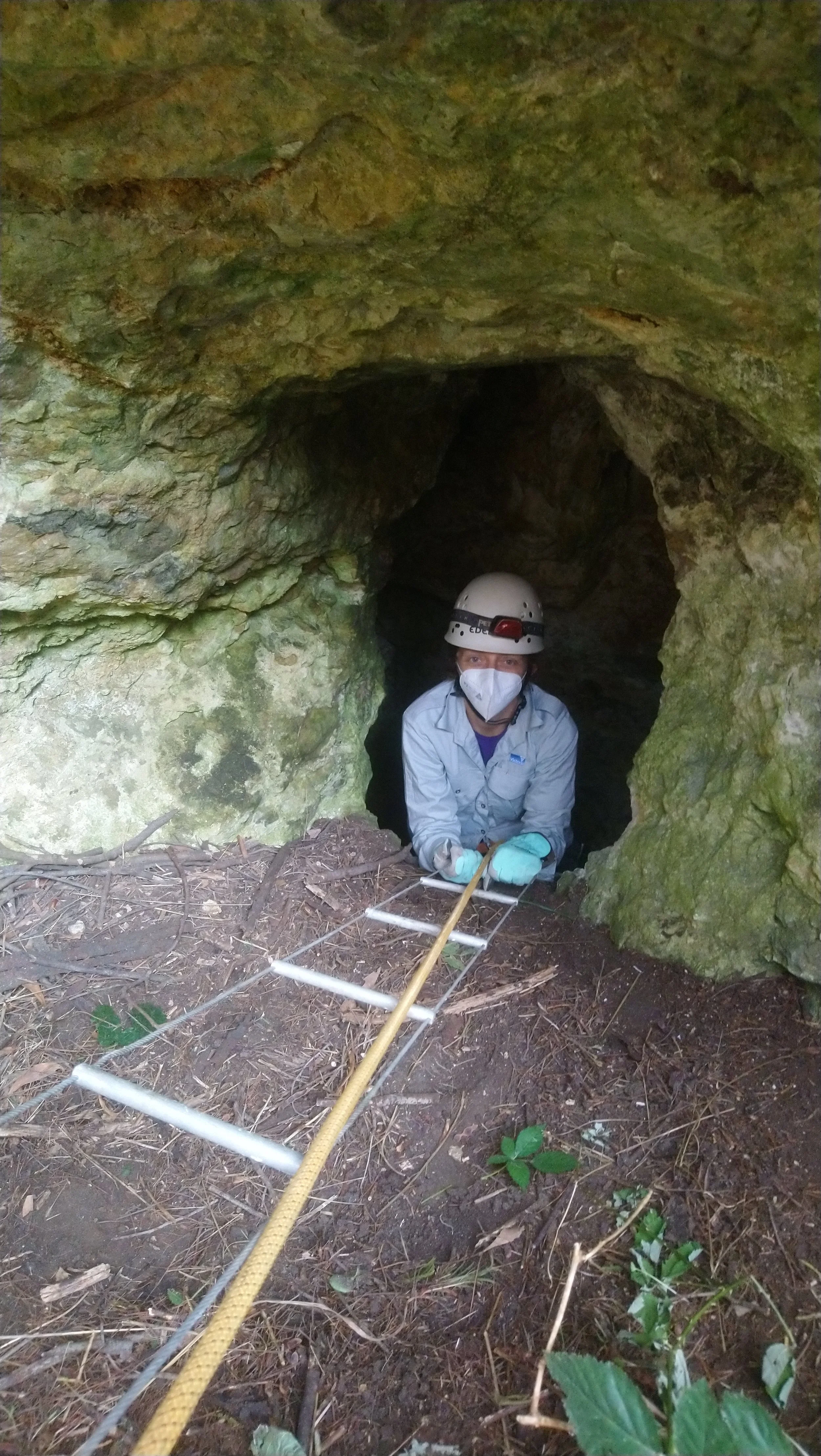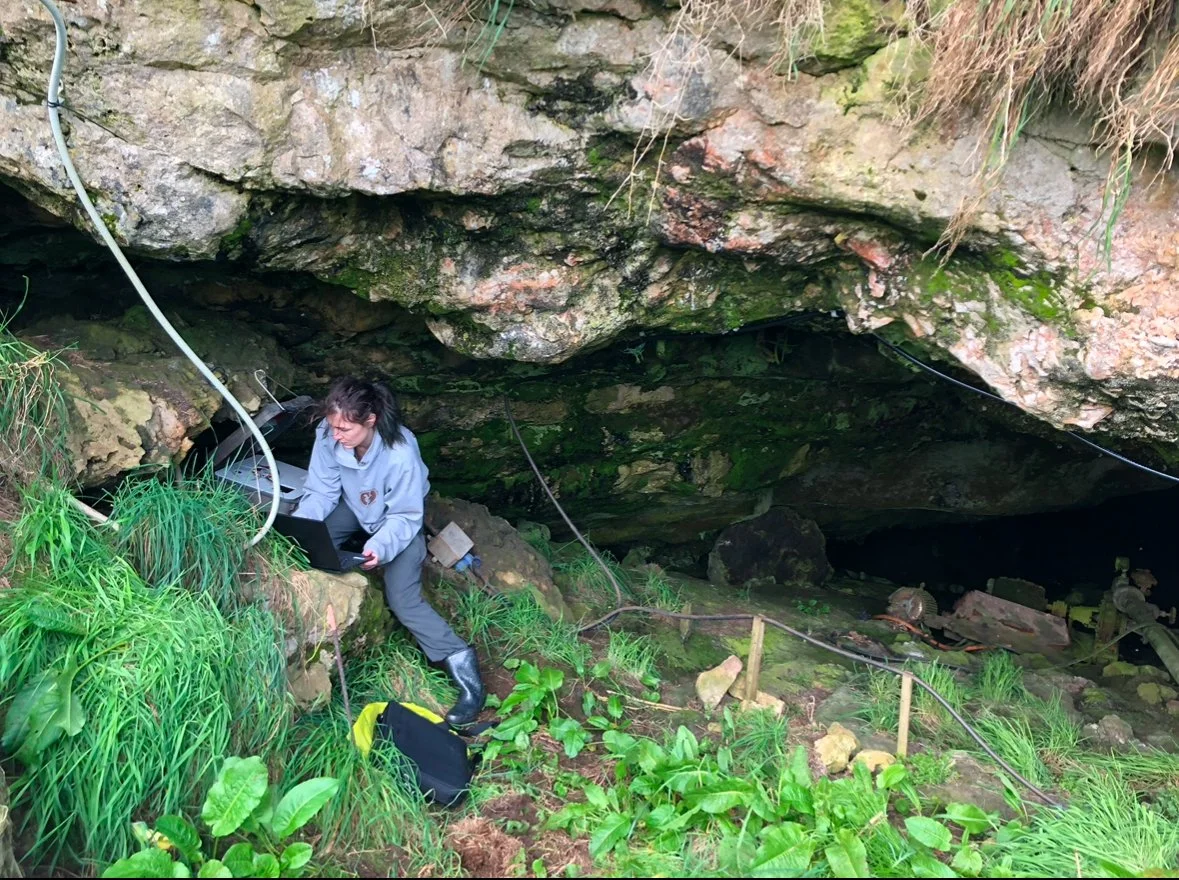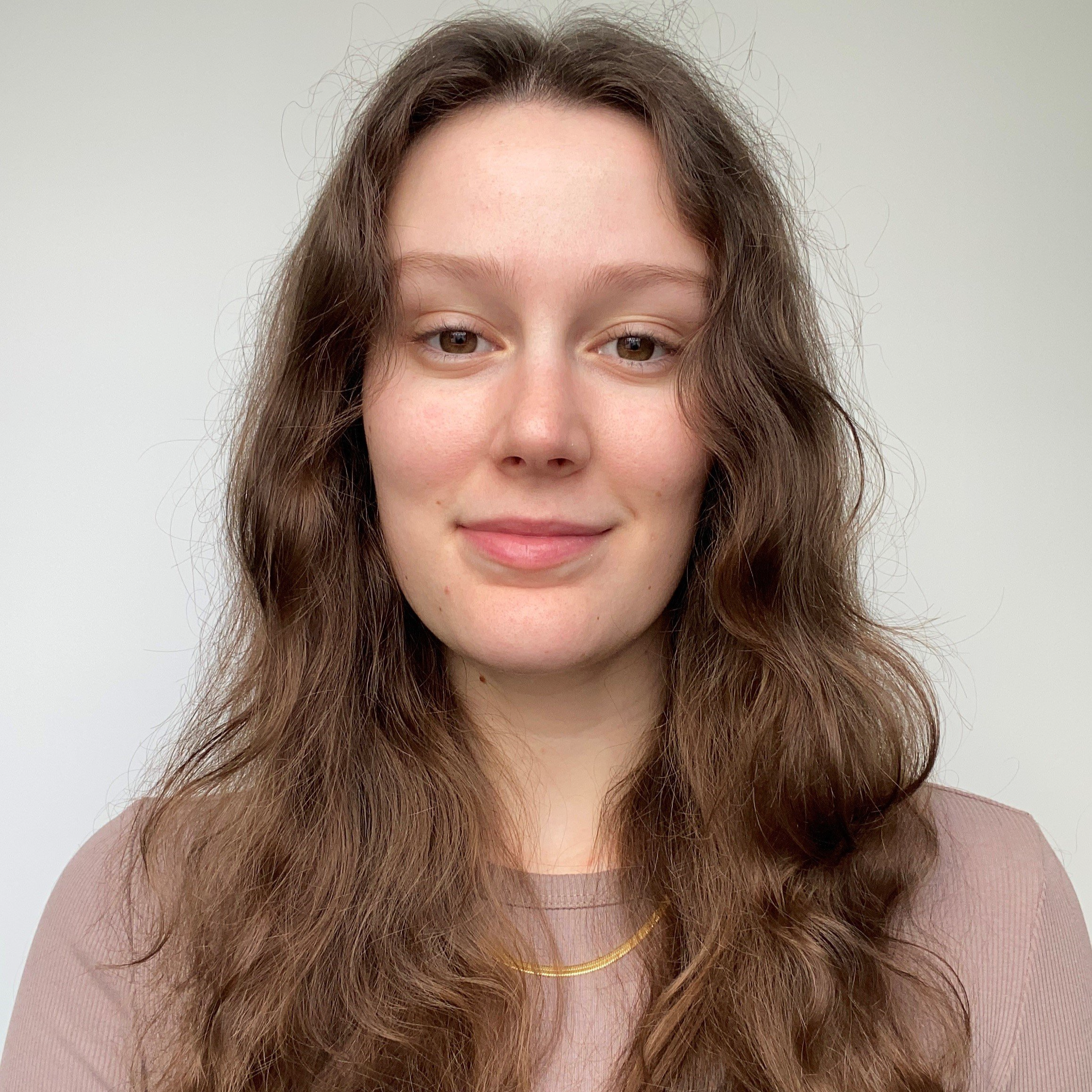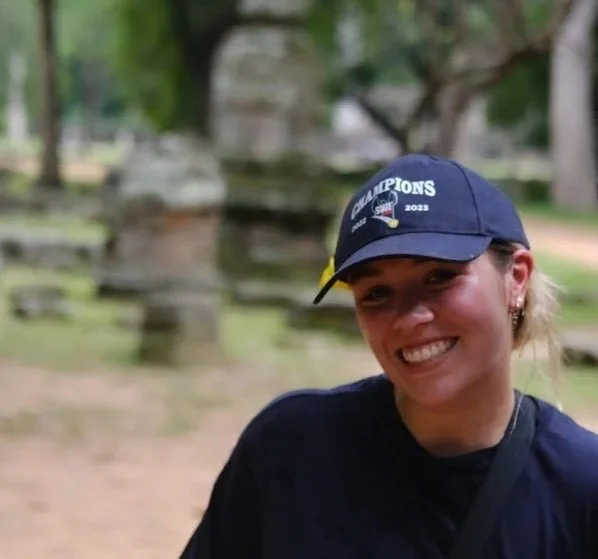
Our Flock.
Thomas Prowse
-
I’m a conservation ecologist who likes thinking about the processes that shape wildlife populations. This takes my research into diverse fields covering demography, movement and dispersal, genetics, disease, harvesting, and climate change. To address applied questions in conservation biology and wildlife management, I combine field studies—such as capture-mark-recapture monitoring, GPS and PIT-based animal tracking, and eDNA-based diet analysis—with a range of modelling approaches.
Ruth Cope
-
I’m a Research Assistant on the federally funded project Conserving Waterbird Populations of the CLLMM and Broader Landscape Under Climate Change. My work involves driving along the Coorong Ocean Beach to locate shorebird nests, deploying camera traps, and capturing various waterbird species to attach GPS tracking devices. I hope my research will improve understanding of waterbird movements and threats, helping to better protect them in the Coorong region and beyond.
Johanna Kuhne
-
Co-supervisors: Patrick O'Connor and Jasmin Packer
I use the Mount Lofty Ranges as a model system to investigate patterns and drivers of biodiversity condition and change, with a particular focus on vegetation and woodland birds. I’m working with two long-term monitoring datasets that span nearly 25 years. My aim is to provide insights into the region that will improve management outcomes and help support biodiversity for future generations to enjoy.
Mimi Salminah
-
Principle Supervisor: Prof. Patrick O'Connor (from the Centre for Global Food and Resources) . Co-supervisor : Ass.Prof Adam Loch (from the Centre for Global Food and Resources) and Dr. Thomas Prowse.
My research focuses on how people understand and value ecological restoration, using woodland bird population recovery in the Mount Lofty Ranges as a case study. I explore the willingness to accept (WTA) of private landholders—as ecosystem service providers—and the willingness to pay (WTP) of public citizens—as beneficiary stakeholders—in support of the recovery program. I also investigate whether their preferences can be aligned to achieve optimal restoration outcomes. In addition to examining the potential for high-veracity information about ongoing ecological degradation to increase WTA and WTP, I explore how psychological factors—such as attitudes and normative motivations—interact with economic concerns to shape these preferences. Through this work, I aim to support policymakers in designing more effective ecological restoration policies.
Kathryn Ann Bugler
-
Supervisors: Dr Thomas Prowse, Dr Patrick Taggart, and Dr Stephan Leu
I study red kangaroo movement and behaviour in the arid rangelands of South Australia. As part of this research, I’m deploying 60 GPS/accelerometer collars on wild kangaroos to assess their natural movement and behaviour, as well as how they interact with man-made features like artificial water points and fences.
Amanda Bush
-
I’m researching the foraging flights of different subpopulations of the Critically Endangered, cave-roosting Southern Bent-wing Bat using miniature GPS trackers. I’m examining how far they fly each night from their roosts, where they forage in the landscape, and whether they show particular habitat preferences.
Nicola Bail
-
I’m studying reproductive success, survival rates, resource partitioning, and movements of the Critically Endangered Southern Bent-wing Bat in southeast South Australia. As part of my PhD, I’ve pregnancy-tested around 500 bats and PIT-tagged about 1,000 individuals. I regularly visit four in-cave PIT readers to collect data, with some sites now providing nine years of continuous monitoring. Ultimately, my research aims to model the population viability of these little bats.
Sebastian Chekunov
-
I’m researching the international exotic pet trade, with a focus on the exploitation of Australian reptiles. My goal is to provide information to wildlife enforcement agencies to help prioritise resources toward the species most at risk, improve proactive enforcement capabilities, and support prosecutions that result in appropriate penalties—ultimately acting as effective deterrents for future offenders.
Aleena Iype
-
I’m investigating the diversity of parasites and pathogens in Australian traded reptiles. My project uses molecular techniques to assess zoonotic risks and contribute to improved biosecurity and animal welfare strategies, helping reduce the risk of disease outbreaks linked to the wildlife trade.
Emily Bowyer
-
My project aims to examine geographic and temporal variations in the diet of the Critically Endangered Southern Bent-wing Bat (Miniopterus orianae bassanii) (SBWB) using DNA-based diet analysis. Other potential research areas I’m exploring include analyzing insect DNA in guano pile cores, studying historical distributions of SBWBs through DNA found in cave sediments, and using whole genome sequencing to investigate historical population demography and signals of natural selection. The findings from my research may help inform conservation management of the SBWB and support restoration of their foraging habitat.
Daniel Markos
-
Supervisors: Thomas Prowse, Rebecca Boulton and David Paton
I plan to assess how past revegetation efforts currently contribute to woodland bird recovery in the Mount Lofty Ranges. This will include understanding how birds use revegetation of different types, sizes and ages through the year, including if these areas of revegetation are providing the appropriate food sources for woodland birds. This information will be used to provide guidance on revegetation strategies that can maximise the recovery of declining woodland bird species.
Alexander Sargeant
-
I examine recent woodland changes in the Mount Lofty Ranges and their impact on bird populations. Using satellite imagery, LiDAR, and aerial imagery combined with machine-learning models, I map hotspots of habitat change and analyse long-term trends in sparse remnant vegetation. My aim is to determine whether declines in woodland bird populations are being influenced by reduced habitat connectivity and quality across the ranges
Aysegul Birand
-
I use individual-based simulations to address ecological and evolutionary questions. Recently, I’ve focused on modeling the efficacy of gene drives to suppress or eradicate invasive alien species through spatial models.
Chelsea Rose Linke
-
Supervisors: Thomas Prowse and Bertram Ostendorf
I’m using wildlife rescue records to identify patterns and variables that influence the risk of kangaroo-vehicle collisions in the Mount Lofty Ranges. I’m developing a statistical model to predict collision hotspots, using the Barossa Valley as a case study. I’ll also be conducting driving surveys across the Barossa to GPS-locate kangaroo roadkill, with the aim of quantifying how many collisions are occurring, assessing potential impacts on local kangaroo populations, and estimating how many incidents go unreported to wildlife rescue organisations. This will help identify gaps in data collection. Ultimately, I hope to provide recommendations for mitigating kangaroo-vehicle collisions and improving the quality and consistency of data collected by wildlife rescue and rehabilitation organisations.
Chloe Thomas
-
I am developing a drone-based model to accurately measure Australian sea lion body composition from above, eliminating the need for invasive, close-contact measurements. This project is being conducted at Seal Bay on Kangaroo Island and aims to provide a non-intrusive method to monitor the health of this species.
Kyra Sullivan
-
I’m a Research Assistant on the federally funded project Conserving Waterbird Populations of the CLLMM and Broader Landscape Under Climate Change. I'm helping to monitor shorebirds along Coorong Ocean Beach to better understand their nesting behaviours, and the threats they face from climate change and human activity.

